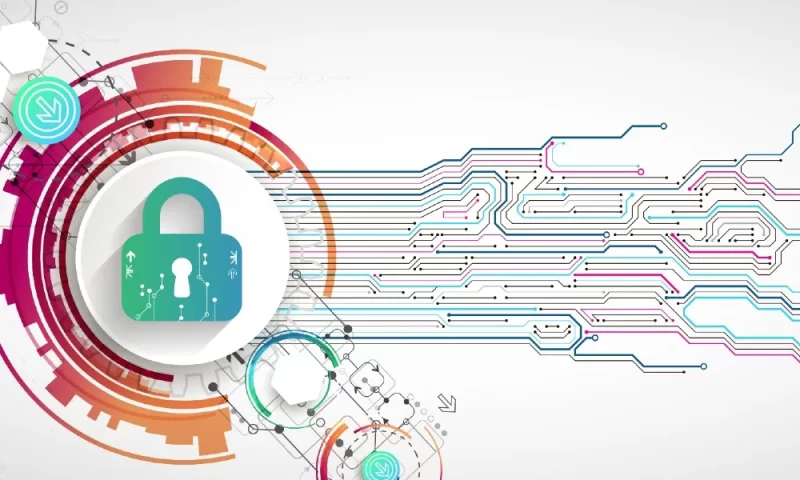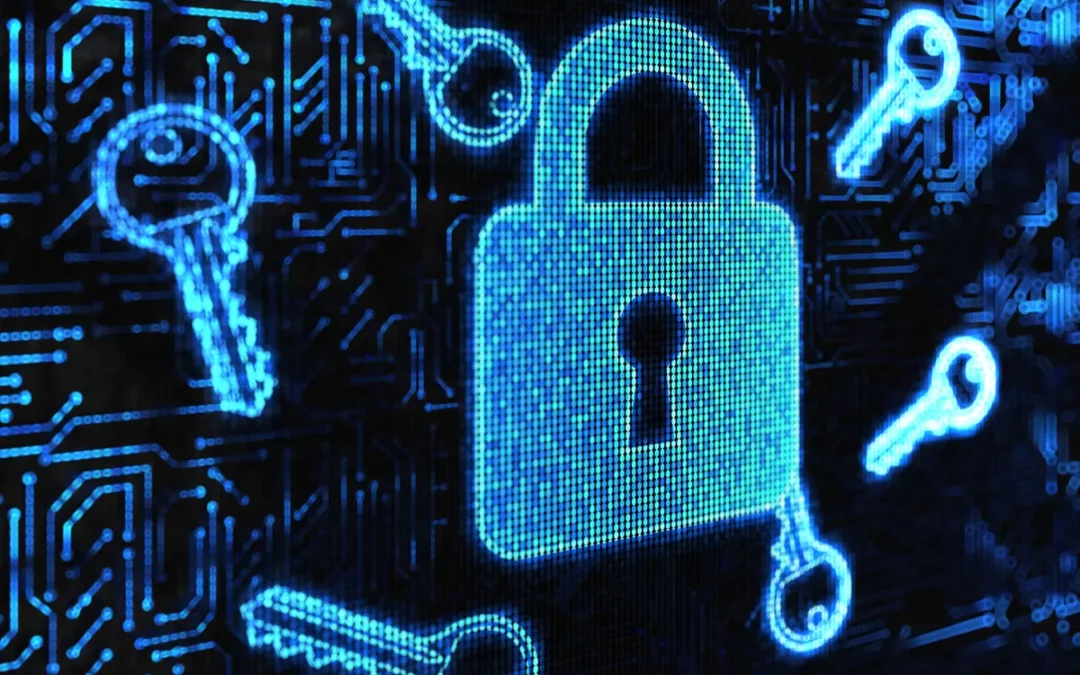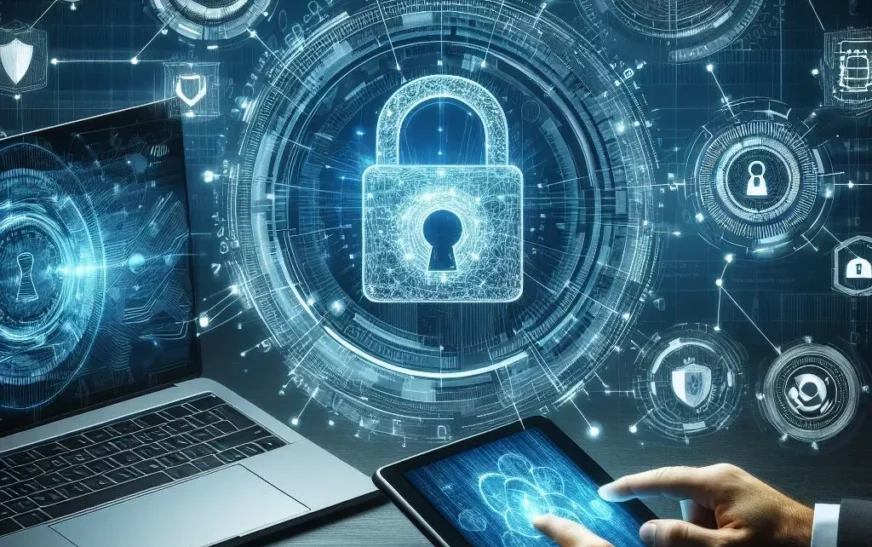In today’s fast-paced digital landscape, businesses are embracing transformation like never before. Technologies that once seemed futuristic are now becoming staples in our daily operations. However, this surge in digital innovation brings with it a significant challenge: cybersecurity. As organizations integrate new tools and platforms, they also expose themselves to an array of cyber threats.
It’s no longer just about having a strong firewall or antivirus software; it’s about adopting a proactive approach to protect sensitive data and maintain trust with customers. With the stakes higher than ever, understanding the intersection of digital transformation and cybersecurity is crucial for any organization looking to thrive in this environment. Let’s delve into how these two realms interact and what you can do to safeguard your business against evolving threats.
Understanding Digital Transformation and Its Impact on Cybersecurity

Digital transformation is reshaping the way businesses operate. It encompasses adopting new technologies, rethinking processes, and enhancing customer experiences. As organizations move to cloud computing, big data analytics, and IoT devices, their digital footprint expands.
This shift brings a dual-edged sword. While it fosters innovation and efficiency, it also opens doors to potential cyber threats. Traditional security measures often fall short against sophisticated attacks targeting interconnected systems.
Moreover, increased reliance on remote work has blurred the lines of network perimeters. Employees accessing sensitive information from various locations can pose risks that weren’t as prevalent before.
Cybersecurity must evolve alongside these changes. Organizations need to integrate security into every aspect of their digital initiatives rather than treating it as an afterthought. Adopting a holistic view ensures that cybersecurity becomes a fundamental component of any successful digital strategy.
The Top Cybersecurity Threats in the Age of Digital Transformation

As organizations undergo digital transformation, they face an ever-evolving landscape of cybersecurity threats. Phishing attacks have surged, tricking employees into divulging sensitive information through deceptive emails and messages.
Ransomware is another significant danger. Cybercriminals can encrypt vital data and demand hefty ransoms for its release. This not only disrupts operations but also poses financial risks.
Additionally, the rise of Internet of Things (IoT) devices introduces new vulnerabilities. Many smart devices lack robust security measures, making them easy targets for hackers looking to exploit weak points in a system.
Supply chain attacks are increasingly common as well. Attackers infiltrate less secure partners or vendors to gain access to larger networks, complicating defense strategies.
Staying vigilant against these diverse threats is crucial in maintaining organizational integrity during this transformative era.
Strategies to Enhance Cybersecurity in Your Organization

Enhancing cybersecurity in your organization requires a multi-layered approach. Start with regular risk assessments to identify vulnerabilities specific to your digital environment.
Next, invest in comprehensive employee training programs. Cybersecurity is not solely an IT responsibility; everyone plays a role. Educating staff on phishing scams and safe browsing practices can greatly reduce risks.
Implement robust access controls as well. Limit permissions based on job roles, ensuring sensitive data is only accessible to those who need it for their work.
Regular software updates are essential too. Keeping systems patched reduces the chances of exploitation by cybercriminals seeking outdated vulnerabilities.
Consider adopting threat detection technologies that utilize machine learning algorithms. These tools can analyze patterns and detect anomalies faster than traditional methods, providing an extra layer of security against evolving threats.
The Role of Artificial Intelligence and Machine Learning in Cybersecurity
Artificial Intelligence (AI) and Machine Learning (ML) are transforming the landscape of cybersecurity. They enhance threat detection, allowing systems to identify anomalies faster than traditional methods.
By analyzing vast amounts of data, AI algorithms can spot patterns that may indicate a breach. This capability helps organizations respond proactively rather than reactively.
Moreover, ML continuously learns from new threats. As cybercriminals evolve their techniques, so too does the technology designed to defend against them. The speed at which these solutions adapt is crucial in combating ever-changing attack vectors.
Automated responses powered by AI significantly reduce response times during security incidents. Instead of waiting for human intervention, systems can mitigate risks instantly.
Additionally, predictive analytics offers insights into potential vulnerabilities before they are exploited. This preemptive approach empowers companies to strengthen their defenses effectively.
Best Practices for Mitigating Cyber Attacks during Digital Transformation
As organizations dive deeper into digital transformation, cybersecurity must remain a top priority. Implementing multi-factor authentication is essential. This extra layer of protection can significantly reduce unauthorized access.
Regular training for employees is another key aspect. Phishing attacks often exploit human error. Educating staff on how to recognize suspicious emails and links creates a more vigilant workforce.
Additionally, conducting routine security audits helps identify vulnerabilities in your systems. These assessments allow you to patch gaps before cybercriminals can exploit them.
Utilizing encryption technology safeguards sensitive data during its transmission and storage. Even if attackers gain access, encrypted information remains unreadable without proper keys.
Developing an incident response plan prepares your organization for potential breaches. Being proactive ensures quick recovery and less downtime when facing threats.
How to Create a Culture of Cybersecurity within Your Company
Creating a culture of cybersecurity starts with leadership. When executives prioritize security, it sets a tone for the entire organization. Leaders should openly discuss the importance of protecting company assets and data.
Next, invest in ongoing training programs. Employees need to understand potential threats like phishing or malware attacks. Regular workshops can keep everyone informed about new risks and best practices.
Encourage open communication regarding cybersecurity concerns. Employees should feel comfortable reporting suspicious activities without fear of repercussions. This fosters an environment where vigilance is part of daily operations.
Implement gamification strategies to engage staff further. Fun quizzes or competitions can enhance learning while making it enjoyable.
Recognize and reward proactive behavior related to cybersecurity efforts. Acknowledging employees who demonstrate awareness reinforces positive actions throughout your company’s culture.
Conclusion: The Importance of Prioritizing Cybersecurity in the Age of Digital Transformation
The rapid pace of digital transformation has reshaped how organizations operate. With this shift comes a pressing need to prioritize cybersecurity as an integral part of business strategy. Cyber threats are evolving, targeting vulnerabilities that arise from new technologies and processes.
Organizations must recognize that investing in robust cybersecurity measures is not just about compliance or risk management; it’s about safeguarding the future of their operations and reputation. The consequences of cyber attacks can be devastating, affecting everything from customer trust to financial stability.
Embracing a proactive approach means adopting advanced technologies like artificial intelligence and machine learning, which can enhance threat detection and response capabilities. Furthermore, fostering a culture that emphasizes security at every level empowers employees to take ownership of their role in protecting sensitive information.
As businesses navigate the complexities of digital transformation, maintaining strong cybersecurity practices will allow them to innovate confidently without compromising on safety. Prioritizing these efforts ensures that companies not only survive but thrive in an increasingly digitized world.










